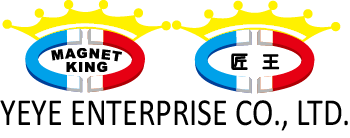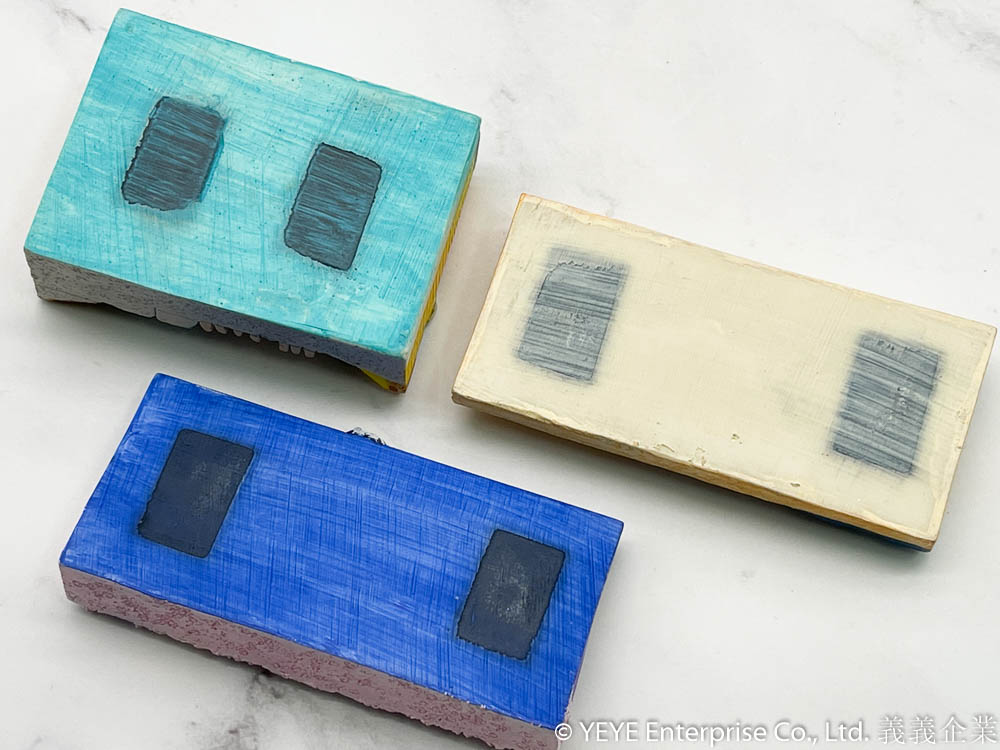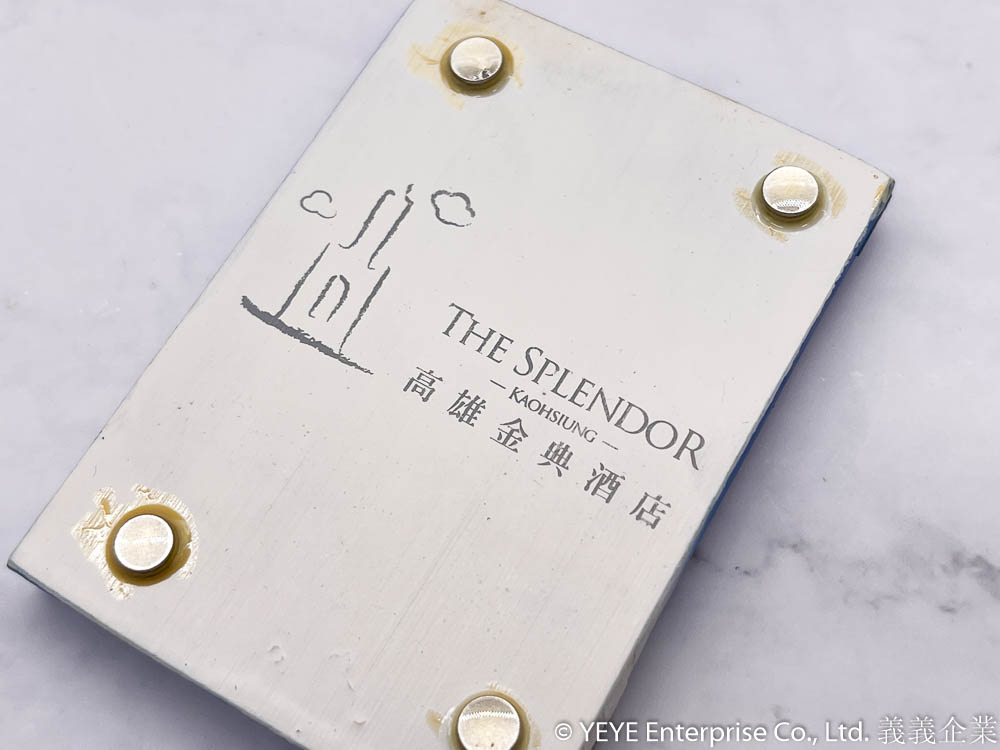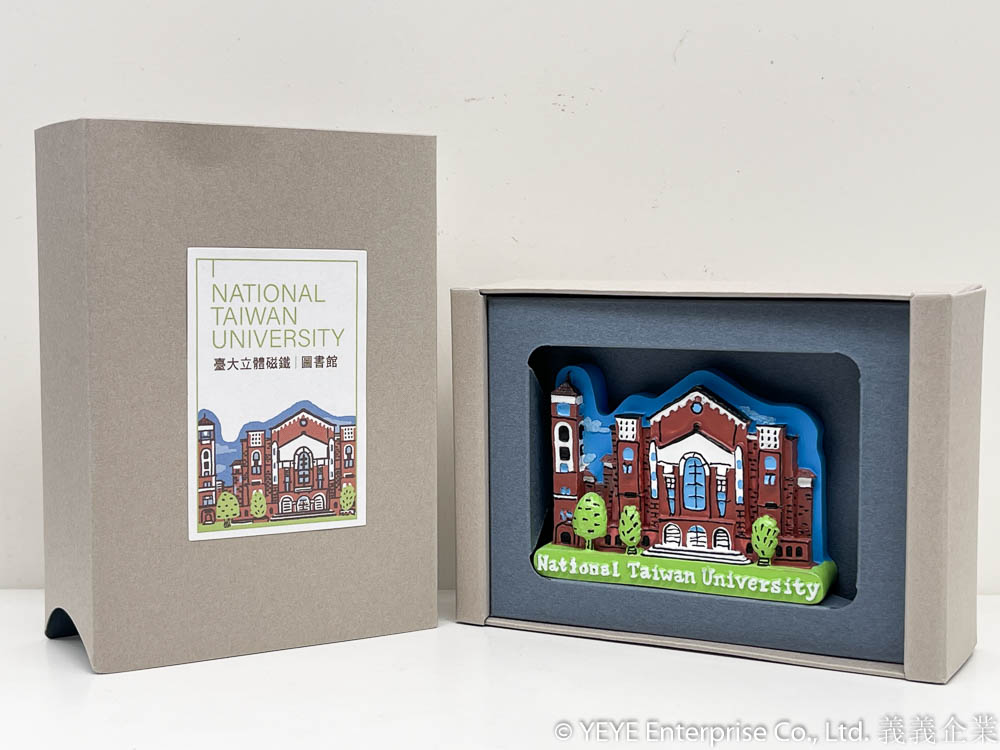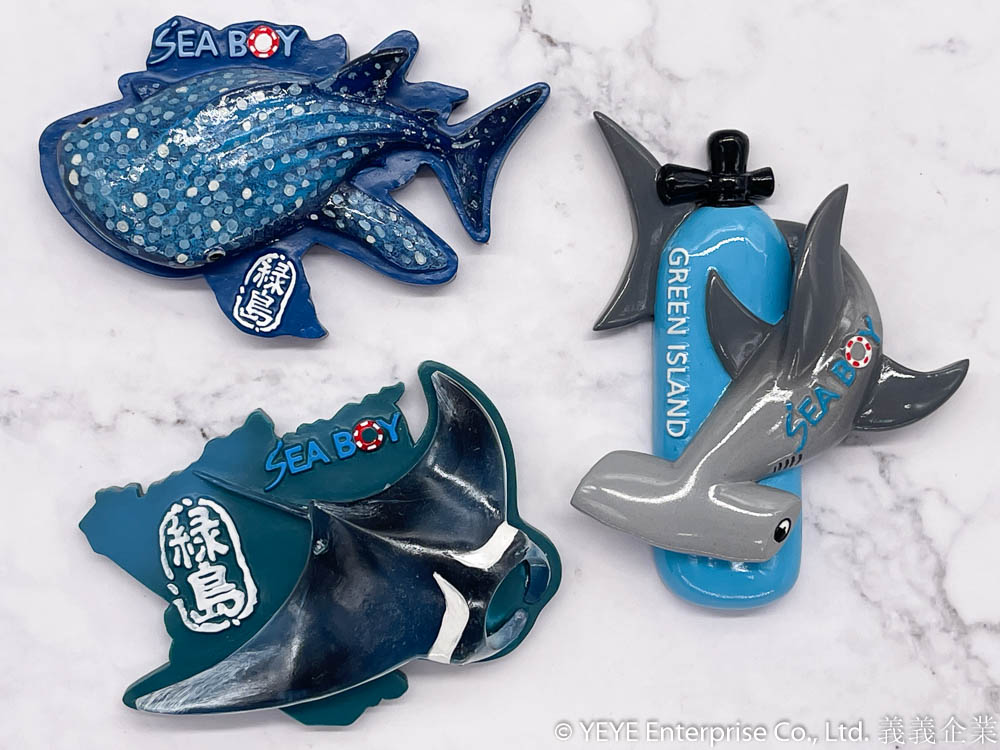3D modeling (3D rendering) involves creating design blueprints using software, while 3D printing is the process of producing a physical prototype from completed 3D model files using a machine.
The physical prototype created by 3D printing is then used to produce mass production items, through the replication process using silicone mold.
While we do not use 3D modeling and 3D printing for sampling, we have collaborated several times with 3D printing companies.
The advantages of using 3D modeling and 3D printing are as follows:
1) Precision: High-quality 3D printers can maintain intricate details, even on a small scale.
2) Scalability: Since the 3D modeling file is consistent, 3D printing can create original prototypes in different sizes while maintaining identical styles.
3) Digital Files: 3D modeling is based on digital files that can be easily duplicated and stored. If the original prototype is damaged or lost, it can be reprinted using 3D printing.
4) Version Control: The modeling process allows for the recovery of previous versions, enabling you to revert to styles created earlier.
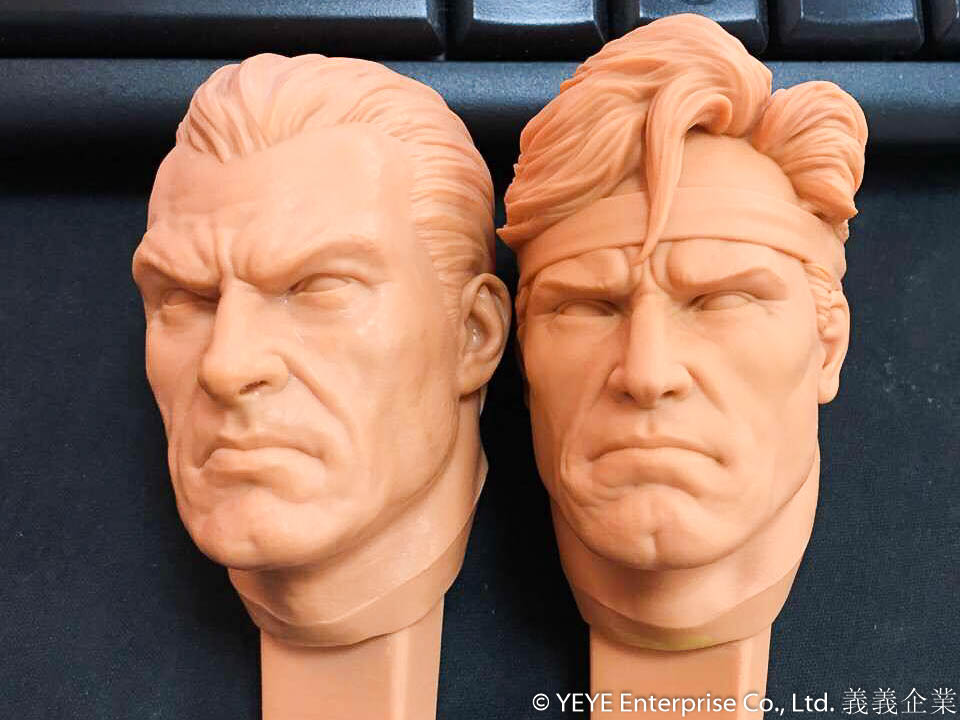
The disadvantages of 3D modeling and 3D printing are as follows:
1) Cost: It can be relatively expensive. For the purpose of creating polyresin decorative items, most clients prefer low-cost sampling for a variety of designs rather than investing heavily in one single design.
2) Limitations: 3D printing works through an additive layering process, which means that certain styles like undercuts, sharp features, overhangs, and complex multi-layer structures are challenging to reproduce using 3D printing, particularly on small-sized products.
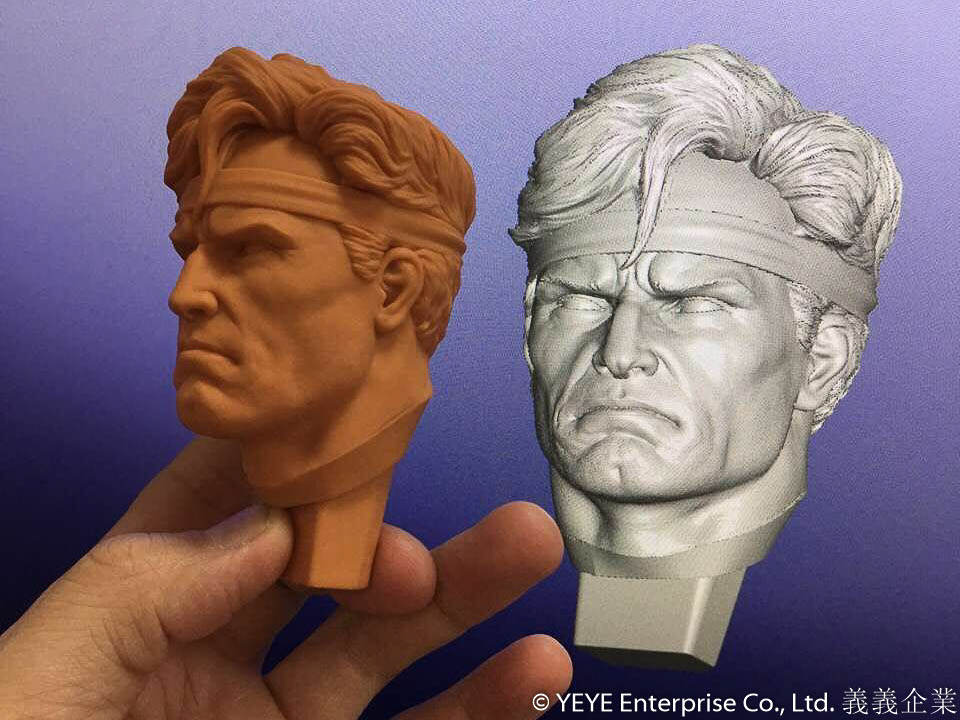
There are two common types of 3D printing: stereolithography (SLA) and fused deposition modeling (FDM).
Stereolithography (SLA) 3D Printing: This method allows for maintaining intricate details even on a very small scale, and the printed products often require minimal post-processing. However, it tends to be more costly.
Fused Deposition Modeling (FDM) 3D Printing: Products produced through FDM typically have visible layering marks, and when replicated in polyresin material, they may exhibit noticeable surface textures. FDM is generally more cost-effective.
In the context of producing polyresin products, if the budget allows for 3D modeling and 3D printing, many opt for stereolithography (SLA) to create original prototype. This choice is made to ensure a more refined surface finish and intricate details, even though it comes at a higher cost.
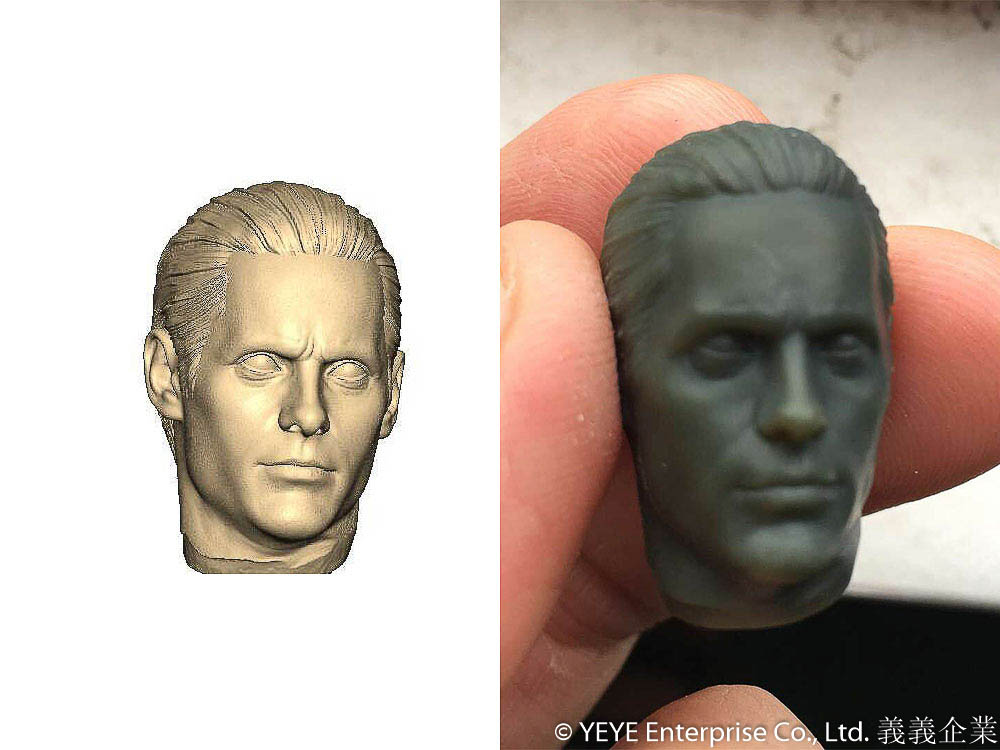
The field of 3D modeling and 3D printing is constantly evolving, with ongoing breakthroughs and changes. Technology from 3-5 years ago differs from what is available today. Additionally, an increasing number of companies are investing in research and development in this area. As a result, both the machinery and modeling techniques are becoming more affordable, and precision is continuously improving.
If your project requires 3D modeling and 3D printing, please feel free to contact us for further discussions.
